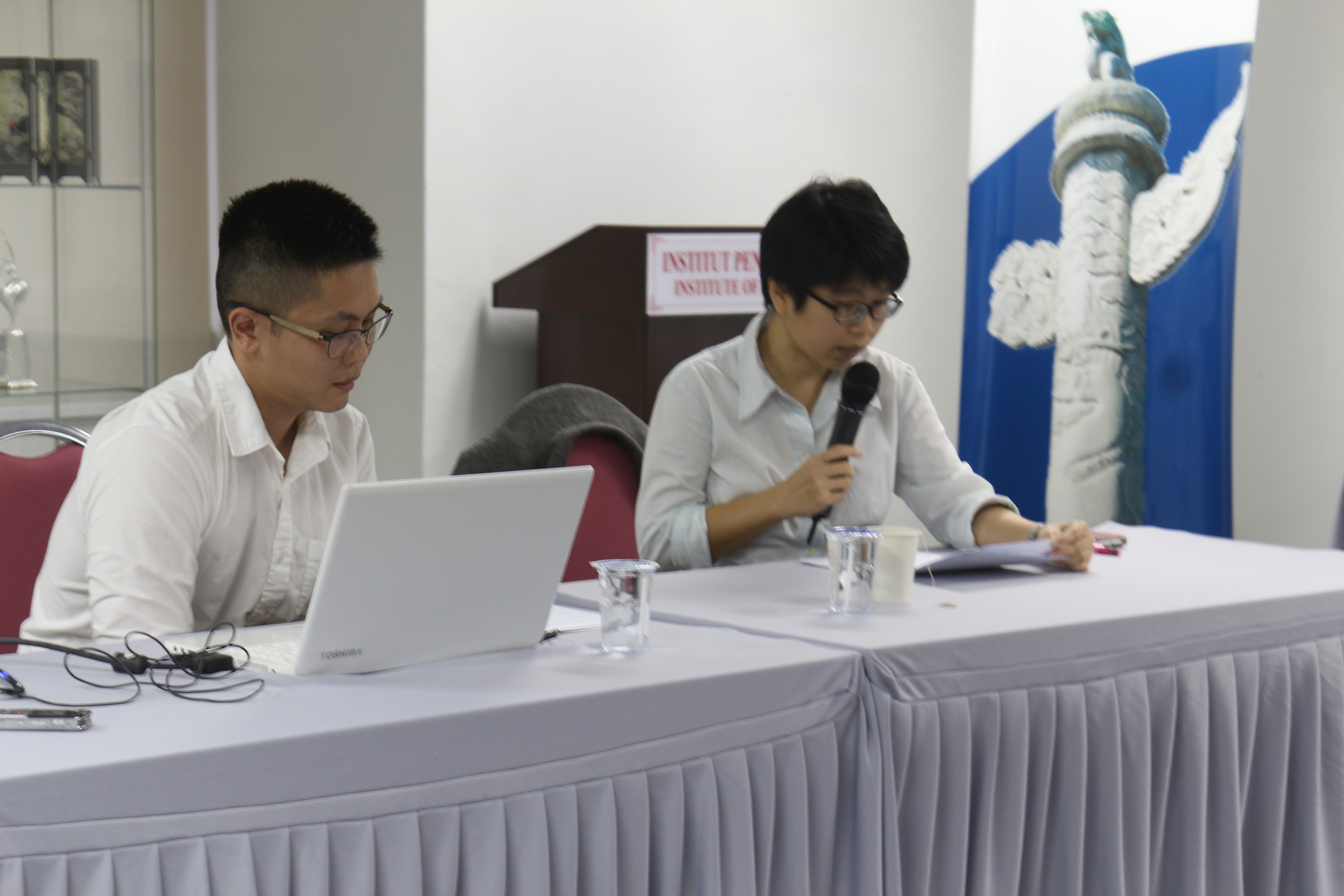16-02-2017 Datok Fatimah in Chinese Body: Homely and Unhomely Presence of a Klang House Temple
Title :Datok Fatimah in Chinese Body: Homely and Unhomely Presence of a Klang House Temple
Speaker :Dr Simon Soon (Senior Lecturer, Visual Art Department, Cultural Centre, University of Malaya)
Date & Time :2.30pm-4.30pm, Thursday, 16 February 2017 (free admission)
Venue :Institute of China Studies (ICS) Seminar Room
4th Floor, Block B,
Institute of Graduate Studies (IPS Building)
University of Malaya
There are many studies on Datuk Gong, a local guardian deity widely worshiped by Chinese community in Malaysia, Singapore and Indonesia. What more new insights can a researcher derive from studying Datuk Gong? Dr Simon Soon, researcher and Senior Lecturer in the Visual Art Department of the Cultural Centre, University of Malaya, attempted to answer the above question by using Dato Fatimah, a Javanese female deity and a variant of Datuk Gong, as a case study. Dr Simon, an editorial member of peer-reviewed journal SOUTHEAST OF NOW: Directions in Contemporary and Modern Art, shared his rich ethnographic observation and interpretation with the audience on 16 February 2017.
In iconographic form, Datok Fatimah is identifiable not only as a female figure who wears the hijab and conforms to the ideals of a pious Muslim woman, she is also invested with a crown that signifies her temporal sovereignty. Instead of seeing Dato Fatimah as an embodiment and expression of cultural hybridity, Dr Simon argued that this female deity can be understood as a cipher of migrant domesticity and serves as a double counterpoint to court and colonial histories. He proposed that the house temple, which accommodates the mediumship of a Javanese female deity, articulates a relayed form of co-extensive allegiance between two working class migrant communities (Chinese and Javanese) across the 20th century, which is constantly checked by an ever-present anxiety of identity politics that threatens to thwart its fulfillment.
To depart from the conventional cultural hybridity narrative, Dr Simon also used ritual possession as a lens to examine geographic and metaphysical spatial imaginations and as a site to interrogate modern narrative of a national multiracial citizenry.


